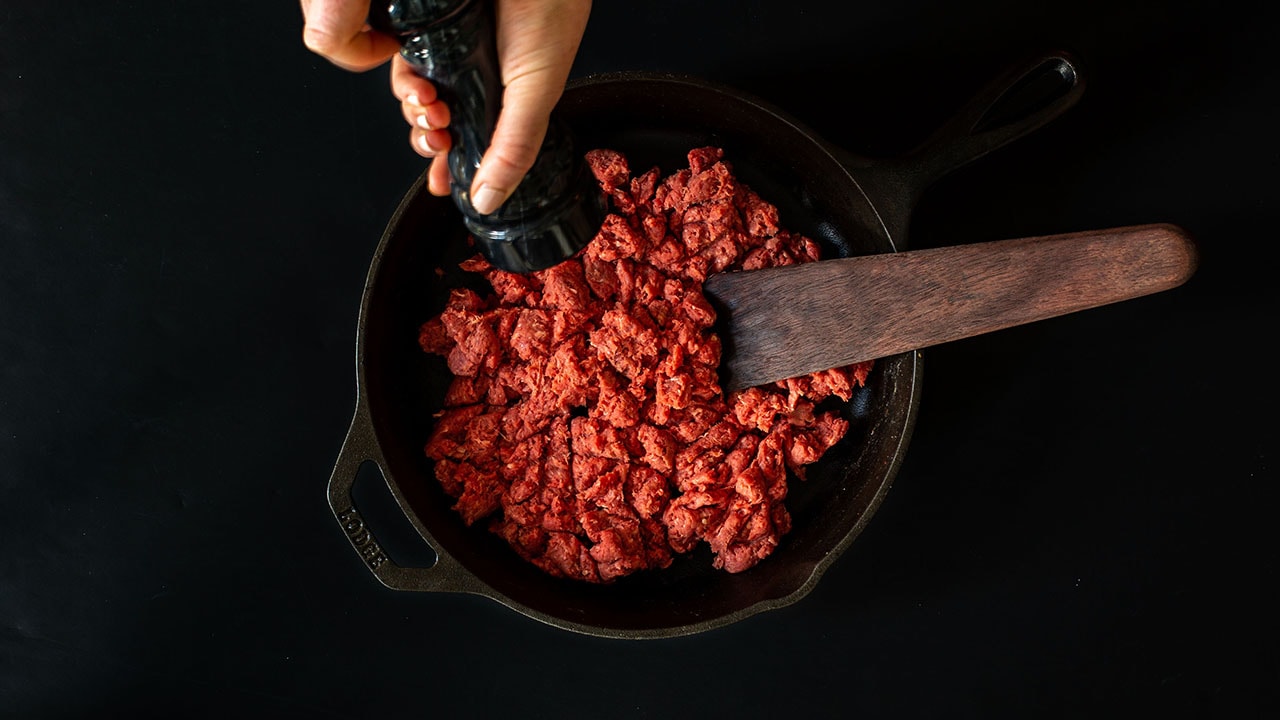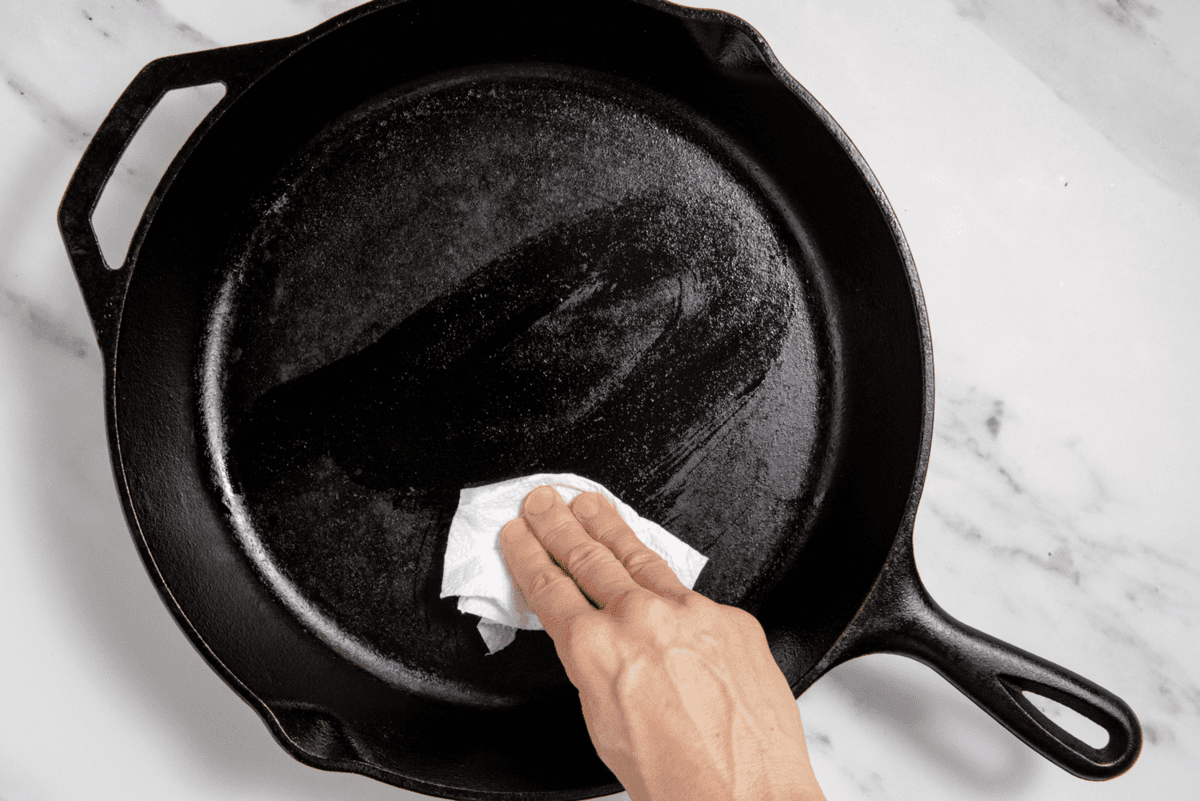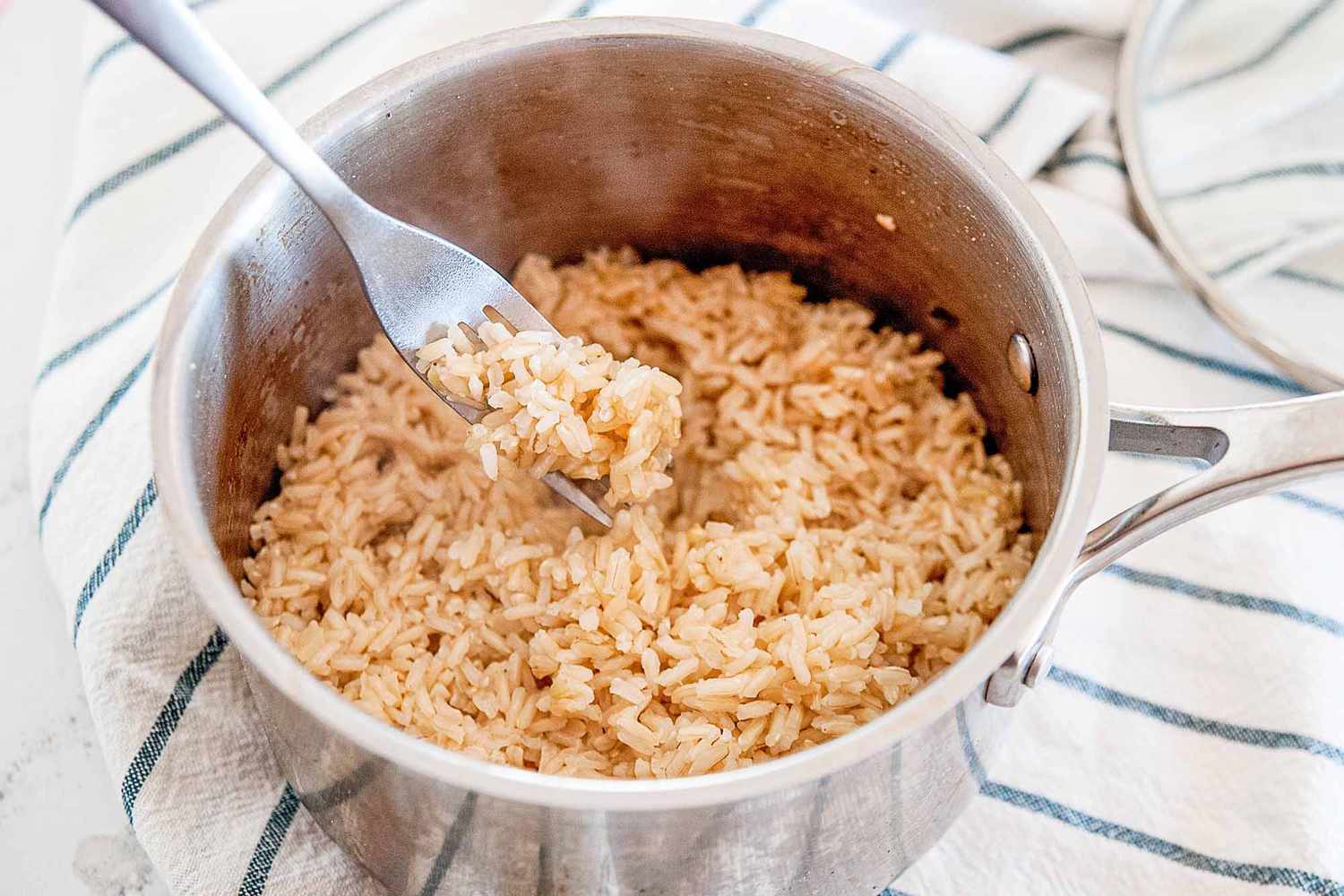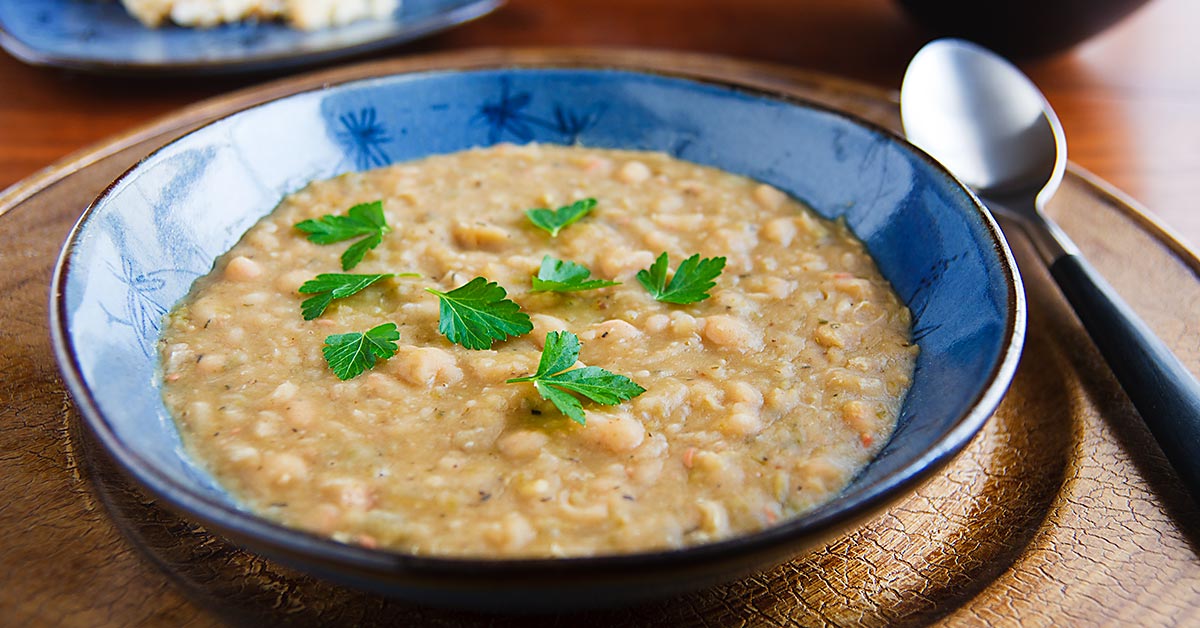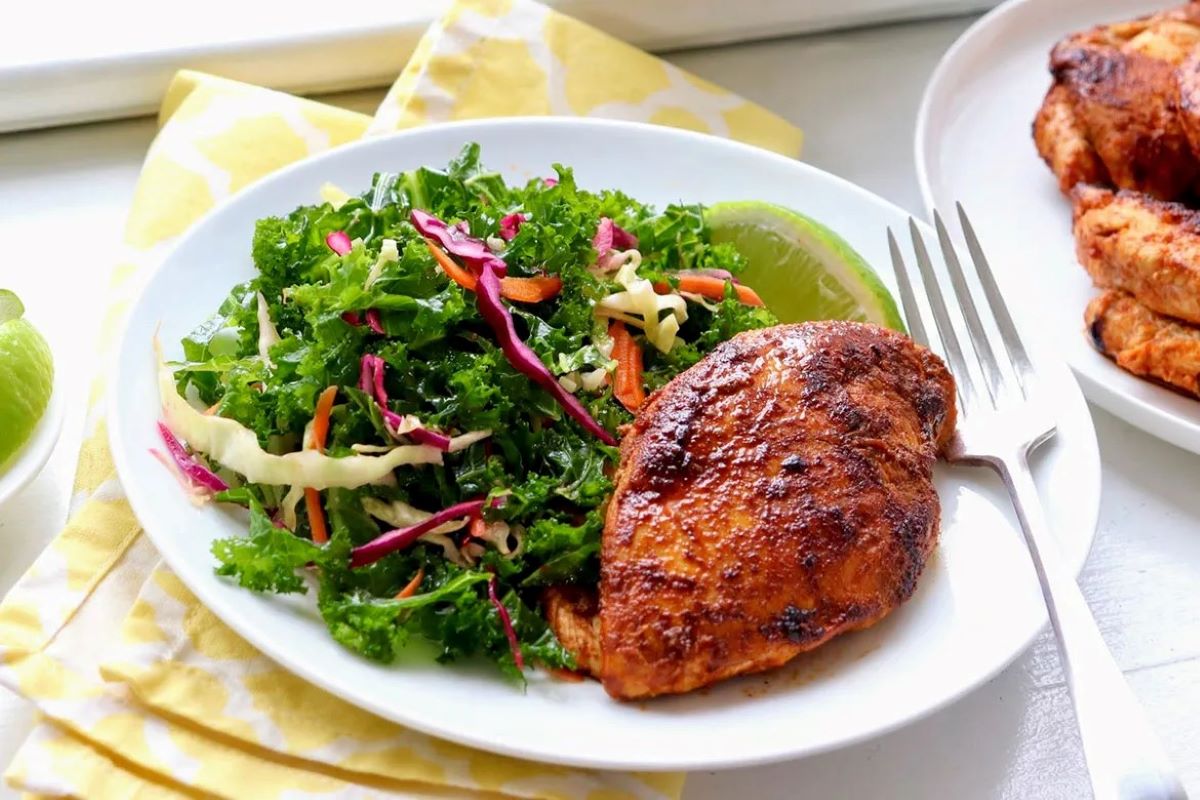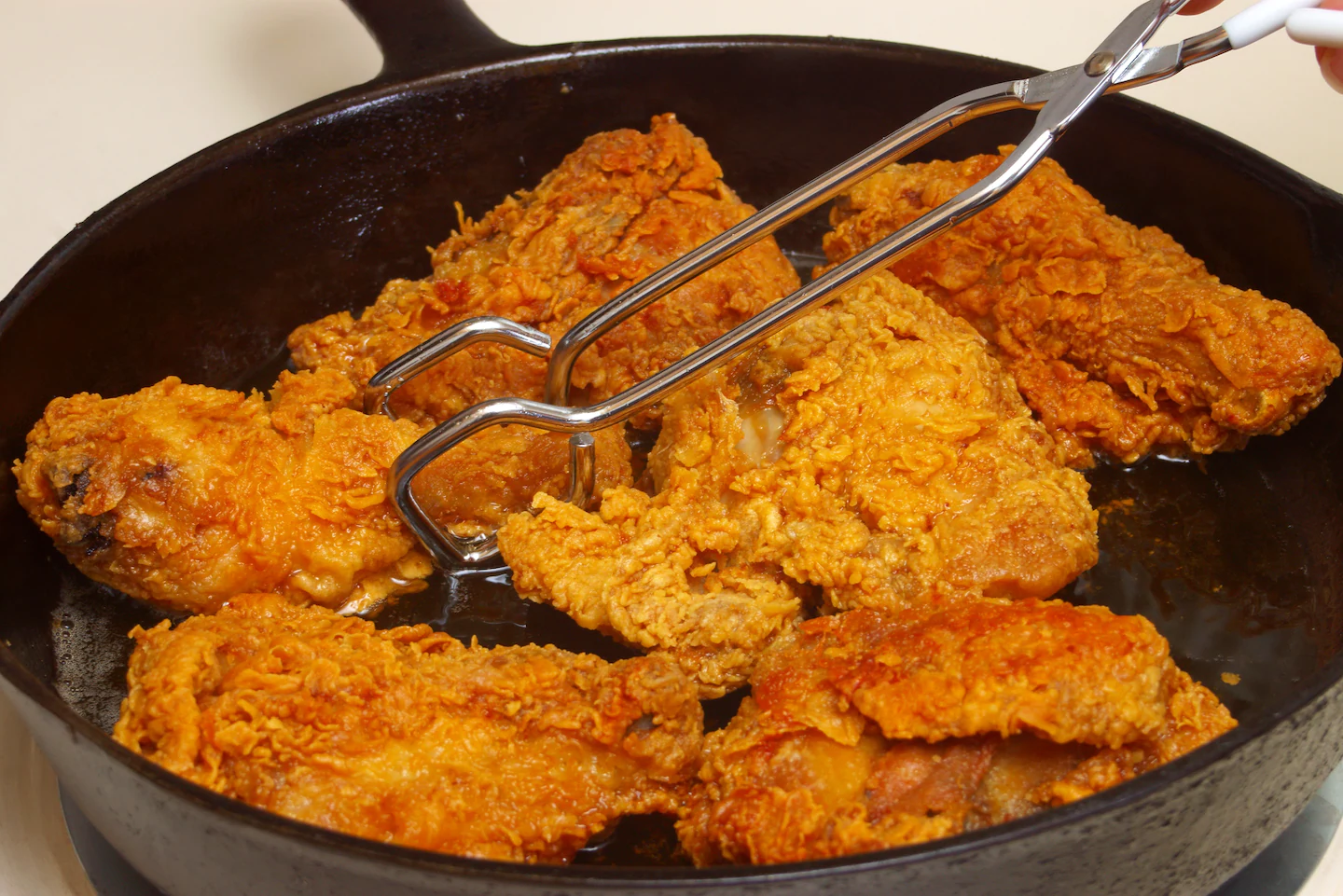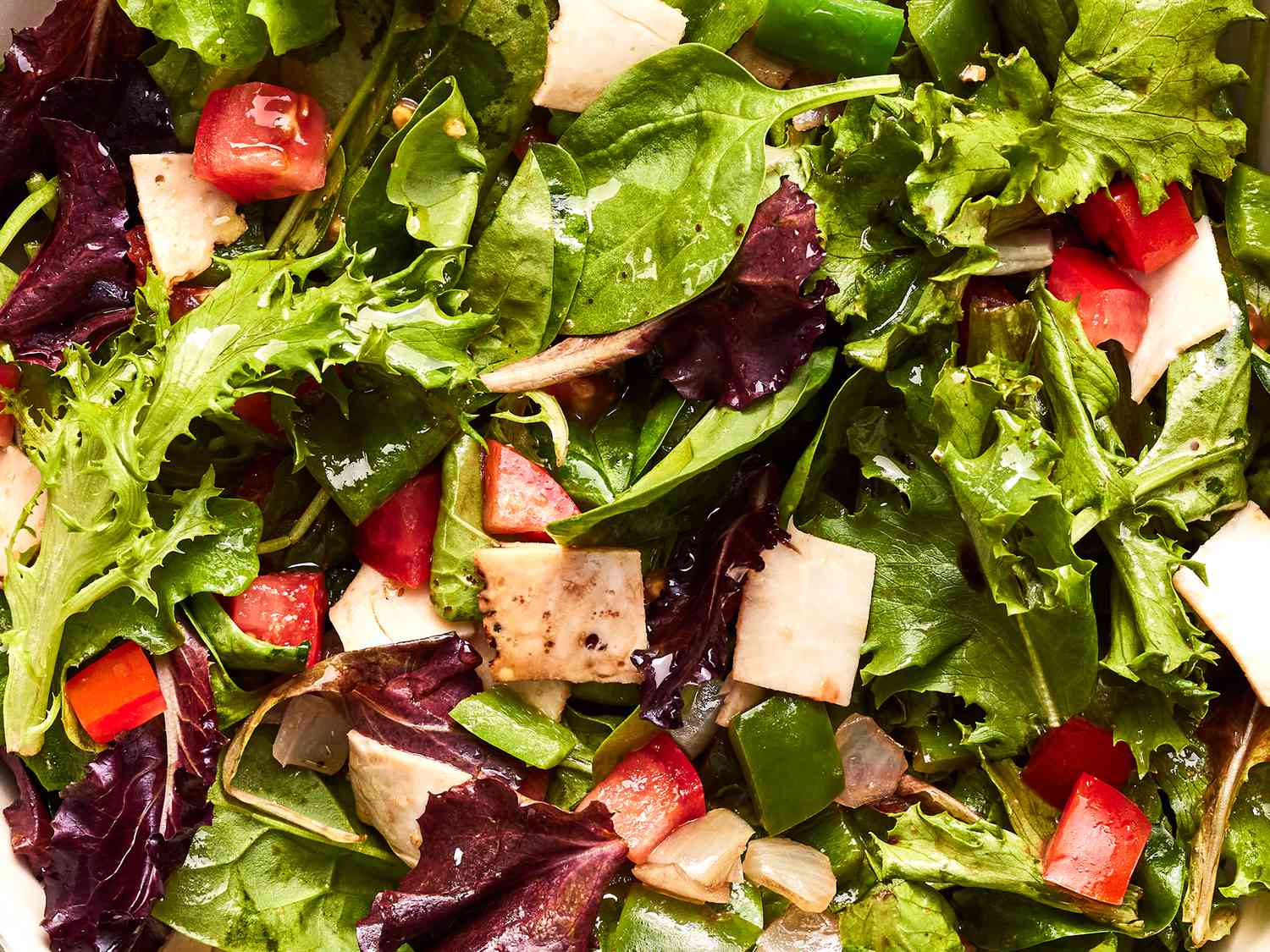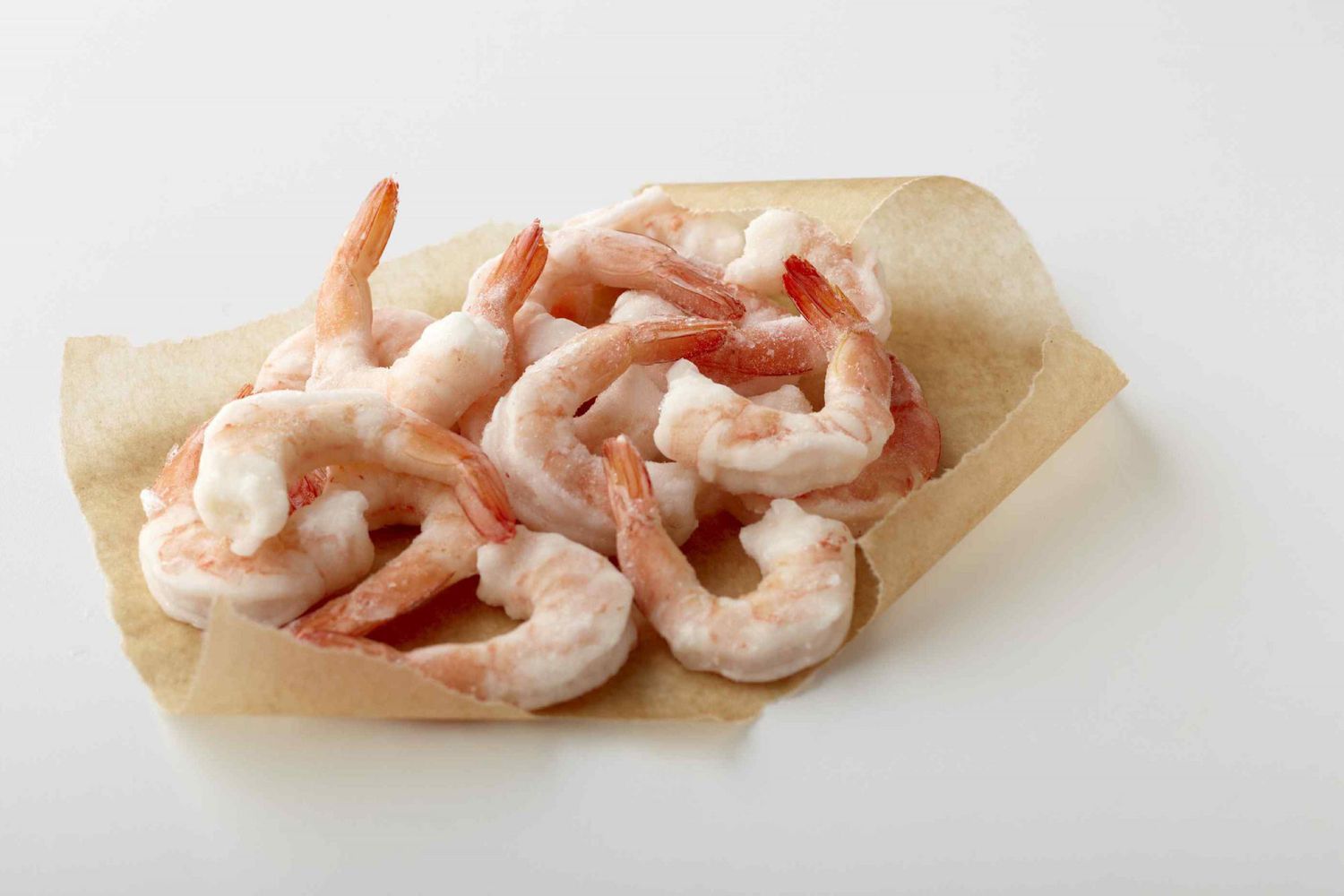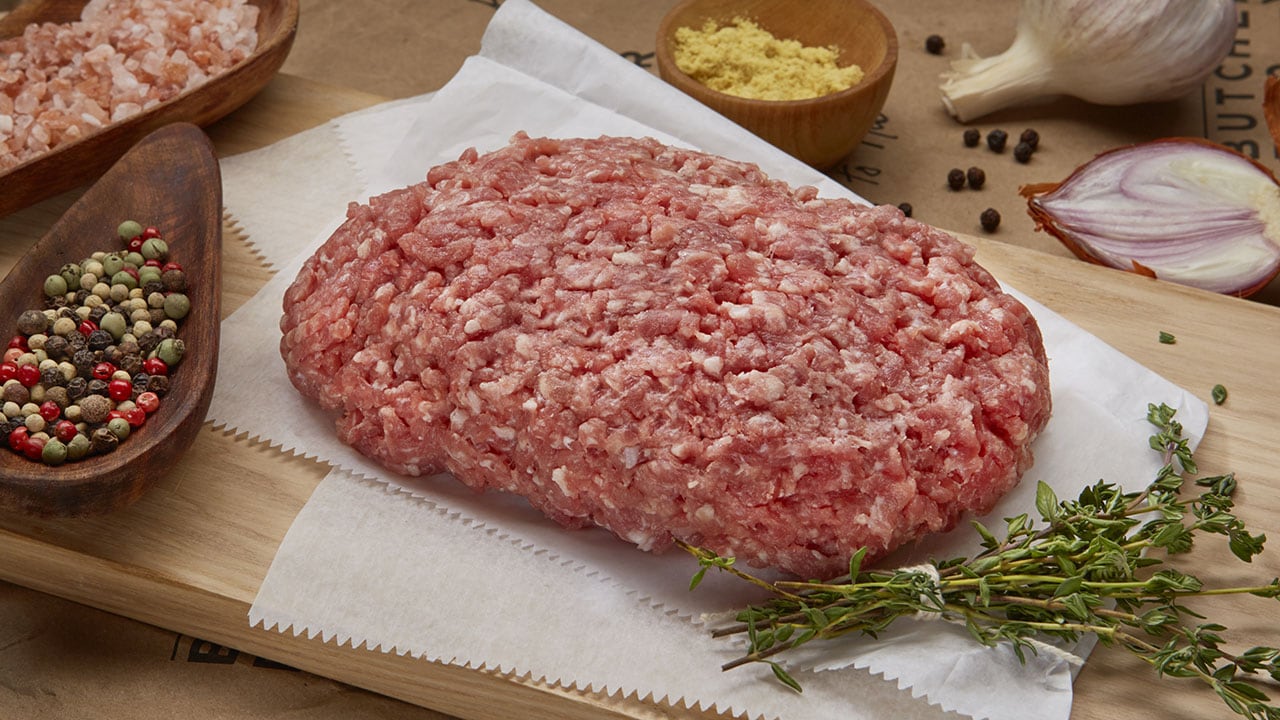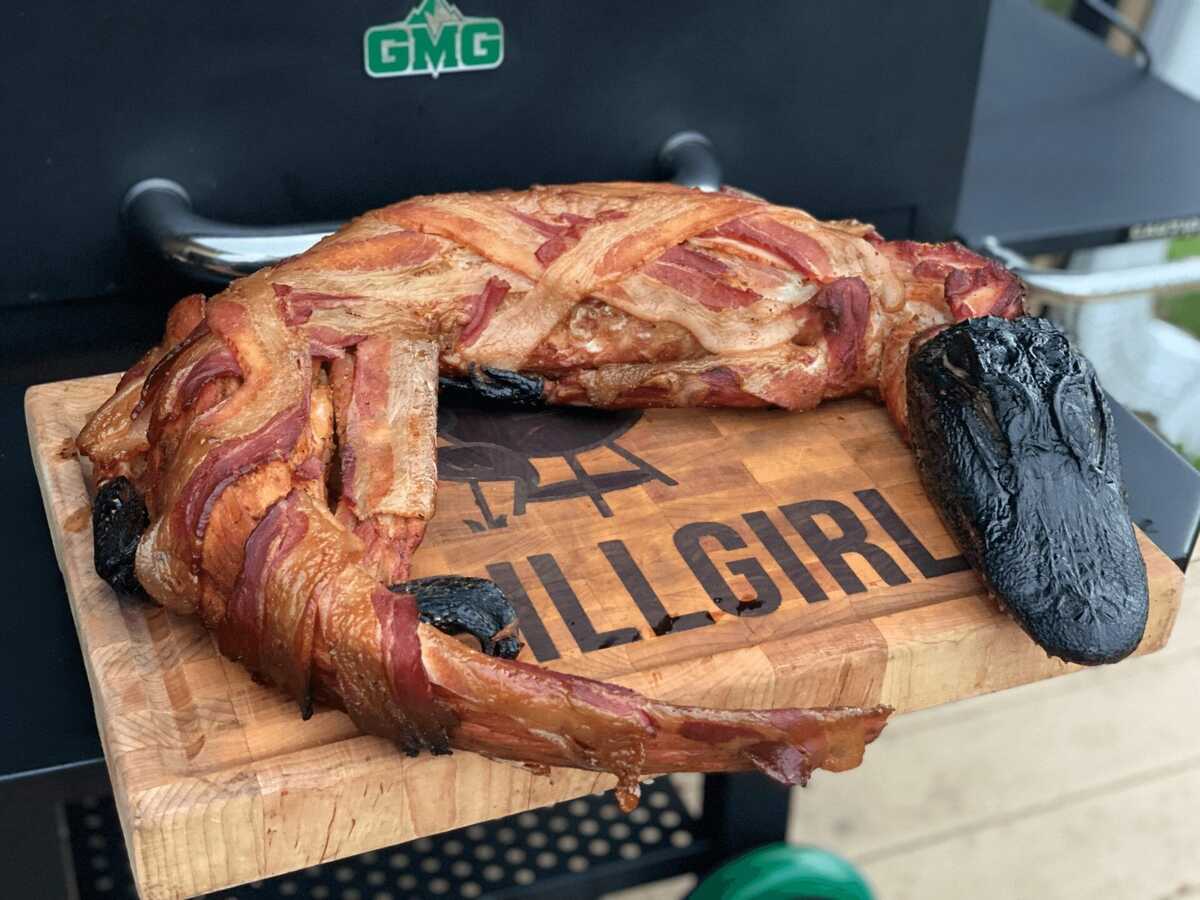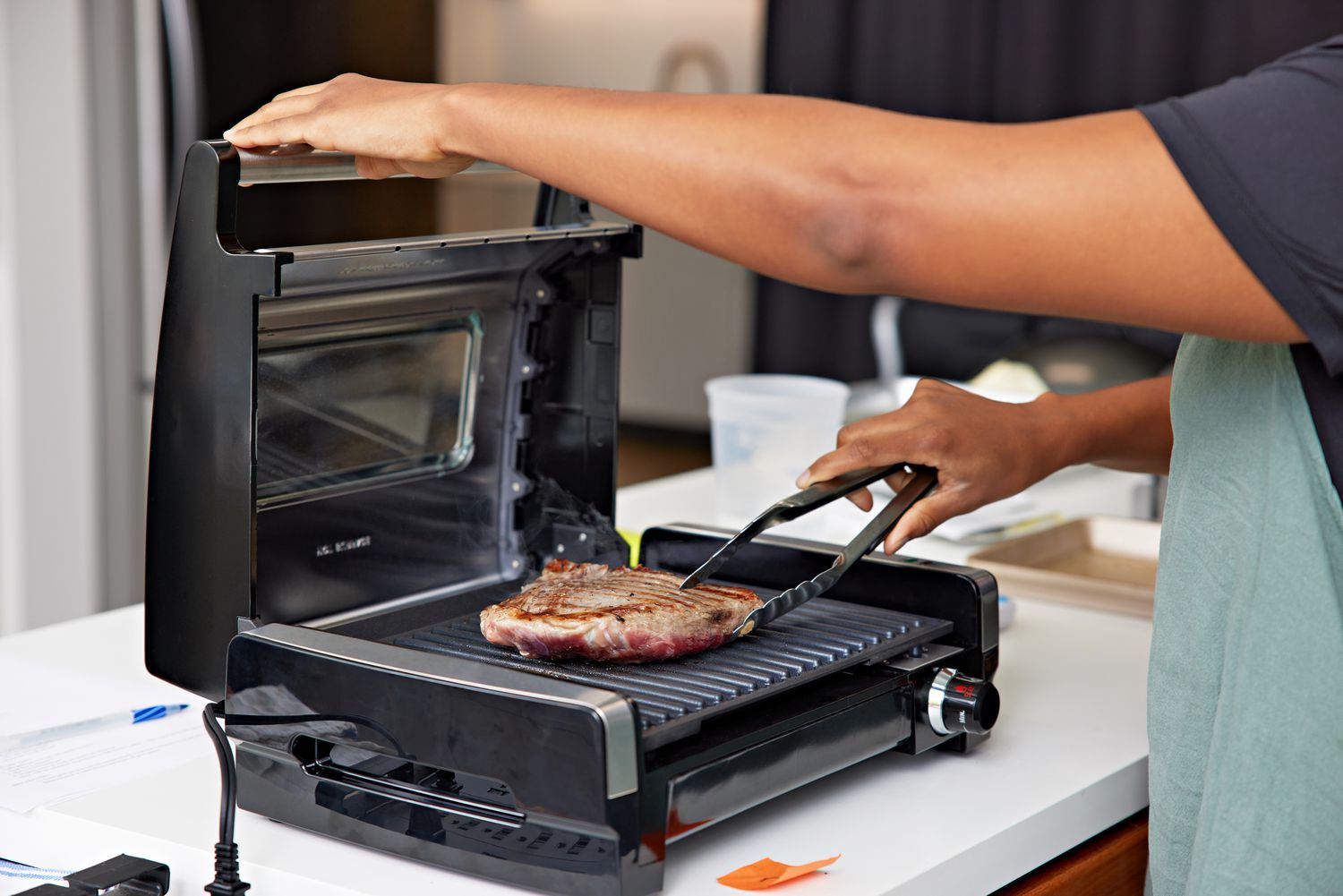Seasoning Your Pizza Screens for Perfect Pies
Are you ready to take your homemade pizza game to the next level? One of the keys to achieving that perfect crispy crust and evenly cooked toppings is properly seasoning your pizza screens. Whether you’re a seasoned pizza enthusiast or a beginner looking to elevate your pizza-making skills, seasoning your pizza screens is a crucial step that should not be overlooked. In this guide, we’ll walk you through the process of seasoning your pizza screens to ensure that your pies turn out just the way you like them.
Why Seasoning Your Pizza Screens Matters
Seasoning your pizza screens serves a few important purposes. First and foremost, it helps to create a non-stick surface, preventing your pizza from sticking to the screen and ensuring easy removal once it’s done baking. Additionally, a well-seasoned pizza screen can help to impart flavor and improve the overall texture of your crust. By seasoning your pizza screens properly, you can achieve that coveted crispy yet tender crust that makes homemade pizza so irresistible.
How to Season Your Pizza Screens
Now that you understand the importance of seasoning your pizza screens, let’s dive into the step-by-step process of getting it done.
- Wash and Dry: Start by washing your pizza screens with warm, soapy water to remove any manufacturing residues. Once clean, dry them thoroughly with a clean towel.
- Apply Oil: Using a pastry brush or a paper towel, apply a thin layer of vegetable oil to the entire surface of the pizza screens, including the edges.
- Bake: Place the oiled pizza screens in a preheated oven at 450°F for about 15-20 minutes. This process helps the oil to polymerize, creating a natural non-stick coating.
- Cool and Repeat: Once the initial baking is complete, allow the pizza screens to cool completely. Then, repeat the oil application and baking process one or two more times to build up the seasoning.
Maintaining Your Seasoned Pizza Screens
Once your pizza screens are properly seasoned, it’s important to maintain them to ensure longevity and consistent performance. After each use, gently clean the screens with a soft brush or cloth to remove any food residue, being careful not to scrub off the seasoning. Avoid using harsh detergents or abrasive materials that can strip away the seasoning you’ve worked so hard to build up.
With proper care, your seasoned pizza screens can provide you with countless delicious pizzas for years to come.
Conclusion
Seasoning your pizza screens is a simple yet essential step in the pizza-making process. By taking the time to properly season and maintain your pizza screens, you can enjoy consistently delicious homemade pizzas with the perfect crust every time. So, gather your ingredients, preheat your oven, and get ready to impress your friends and family with your newfound pizza-making prowess!
Now that you know how to season your pizza screens, it’s time to put your knowledge into practice and start creating the pizza of your dreams.
Was this page helpful?
Read Next: How To Season A Pig For A Pig Roast
